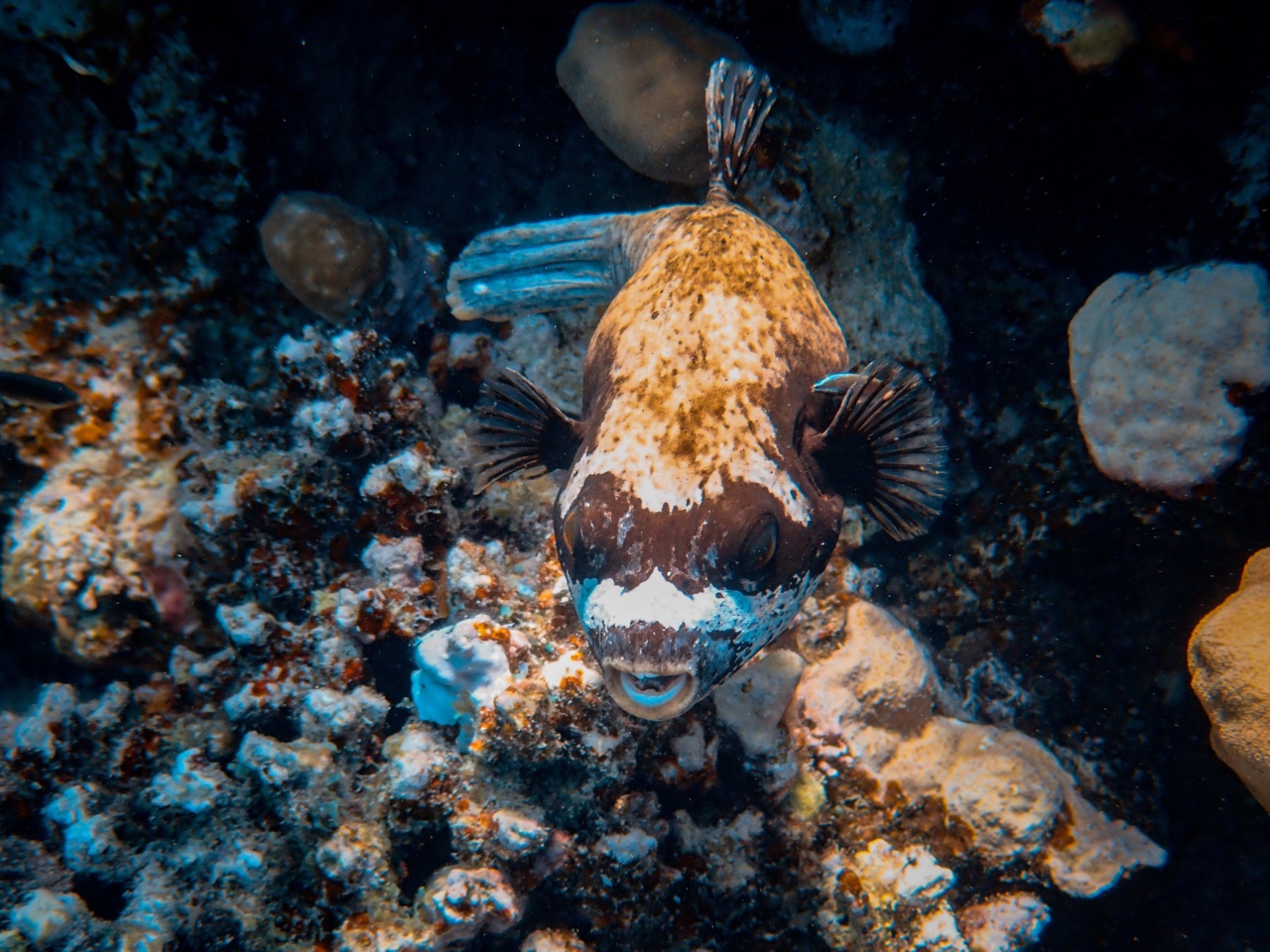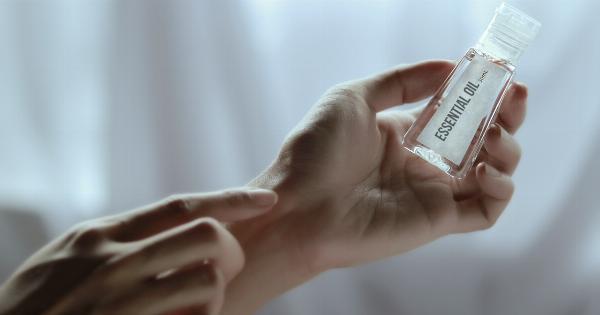For many people, swimming in the sea is a wonderful way to relax and enjoy the beauty of nature. While sea water is generally safe, there are some risks associated with the salt water and other factors like marine creatures and pollution.
One of the most visible problems that can happen after a trip to the beach is the appearance of brown spots on the chest and back. These spots may be a sign of a skin condition called tinea versicolor, which can be caused by various factors including the sea water and sweat.
What is tinea versicolor?
Tinea versicolor is a fungal skin infection that is caused by an overgrowth of yeast on the skin.
This yeast is normally present in small amounts on the skin, but certain factors like high humidity, heat, or oily skin can increase its growth and lead to the development of tinea versicolor. The condition typically appears as patches of discolored skin that may be lighter or darker than the surrounding skin. The patches can be pink, red, tan, or brown, and are usually scaly or itchy.
How is tinea versicolor caused by swimming in the sea?
Swimming in the sea can lead to the development of tinea versicolor in a few different ways. First, the warm, humid environment of the beach can promote the growth of yeast on the skin.
Second, sea water contains salt and other minerals that can dry out the skin and disrupt the normal balance of microorganisms on the skin. Finally, sweating and the use of sunscreen can also contribute to the development of tinea versicolor by providing a moist, warm environment for the yeast to thrive.
What are the symptoms of tinea versicolor?
The most common symptoms of tinea versicolor are patches of discolored skin that can be lighter or darker than the surrounding skin. These patches may be scaly, itchy, or oily, and can appear on the chest, back, arms, legs, and neck.
In some cases, the patches may merge together to form larger areas of discoloration. Tinea versicolor is not usually painful, but it can be unsightly and may cause embarrassment or self-consciousness.
How is tinea versicolor diagnosed and treated?
Diagnosis of tinea versicolor is usually made by a dermatologist or other medical professional who can examine the affected skin and perform a scraping or biopsy to confirm the presence of yeast.
Treatment typically involves the use of antifungal medications like creams, lotions, or shampoos that can be applied to the skin. In some cases, oral medications may be needed to clear up the infection. It is also important to avoid sweating and exposure to humidity, as well as to keep the affected skin clean and dry.
How can tinea versicolor be prevented?
Preventing tinea versicolor can be challenging, but there are some steps that can be taken to reduce the risk of developing the infection.
First, it is important to keep the skin clean and dry, especially in areas where sweat and oil are more likely to accumulate like the chest and back. This can be achieved by showering regularly and patting the skin dry with a clean towel. Second, it may be helpful to use a quality sunscreen before heading to the beach, as this can help to protect the skin from the harmful effects of the sun.
Third, wearing loose-fitting clothing and avoiding tight-fitting bathing suits may help to reduce sweating and promote better airflow to the skin. Finally, it is important to avoid sharing towels, clothing, or other personal items that may come into contact with the skin of others who may have tinea versicolor or other skin infections.
Conclusion
Tinea versicolor is a common skin condition that can be caused by a variety of factors including swimming in the sea. Although the infection is generally not harmful, it can be unsightly and may cause embarrassment or discomfort.
If you notice any brown spots on your chest or back after swimming in the sea, it is important to seek medical attention in order to get an accurate diagnosis and start treatment as soon as possible. By taking steps to prevent tinea versicolor, you can enjoy all the benefits of swimming in the sea without having to worry about the risks.




























